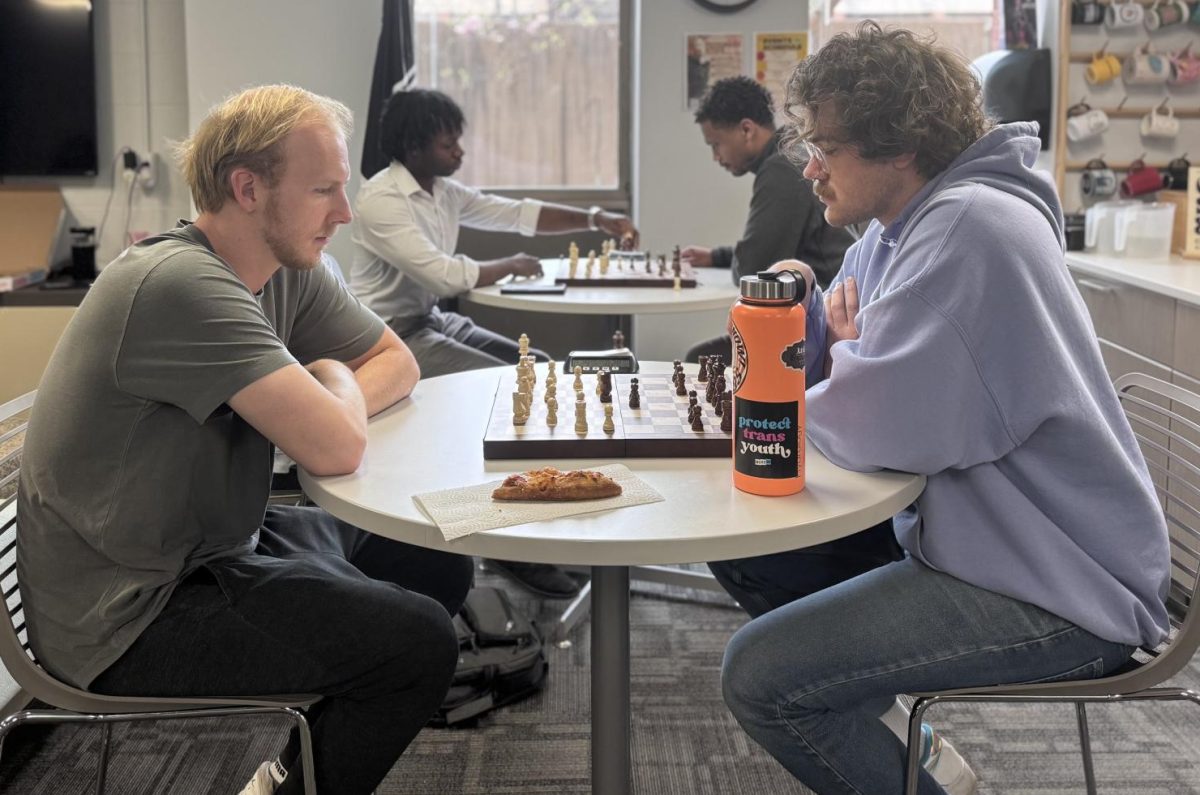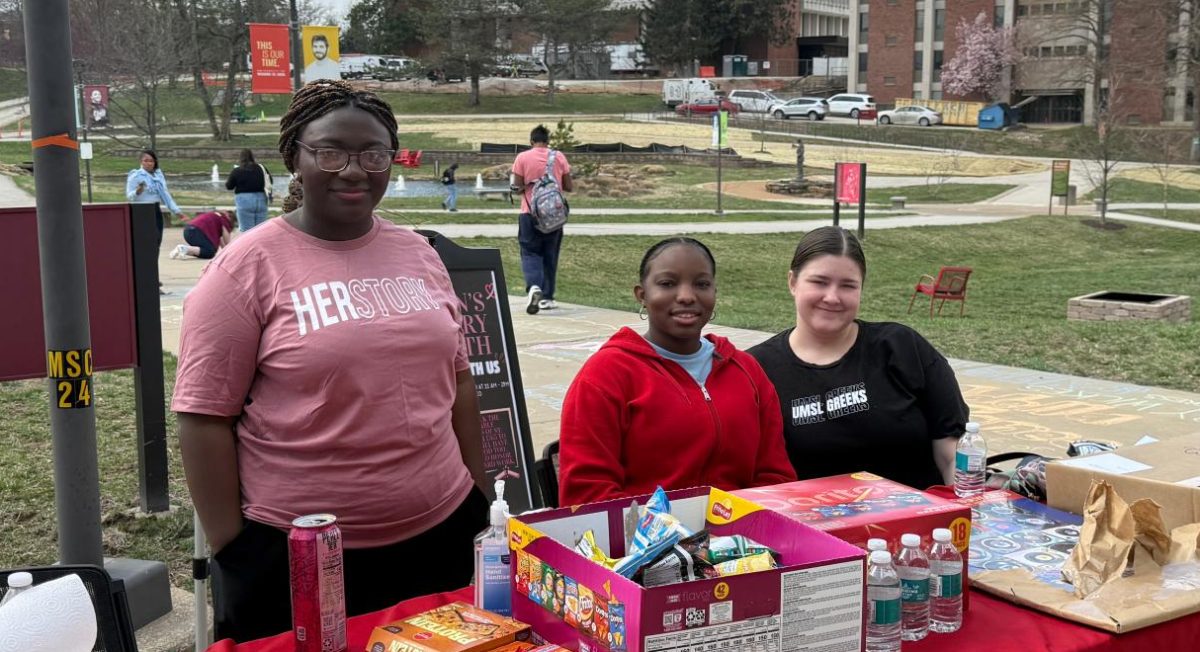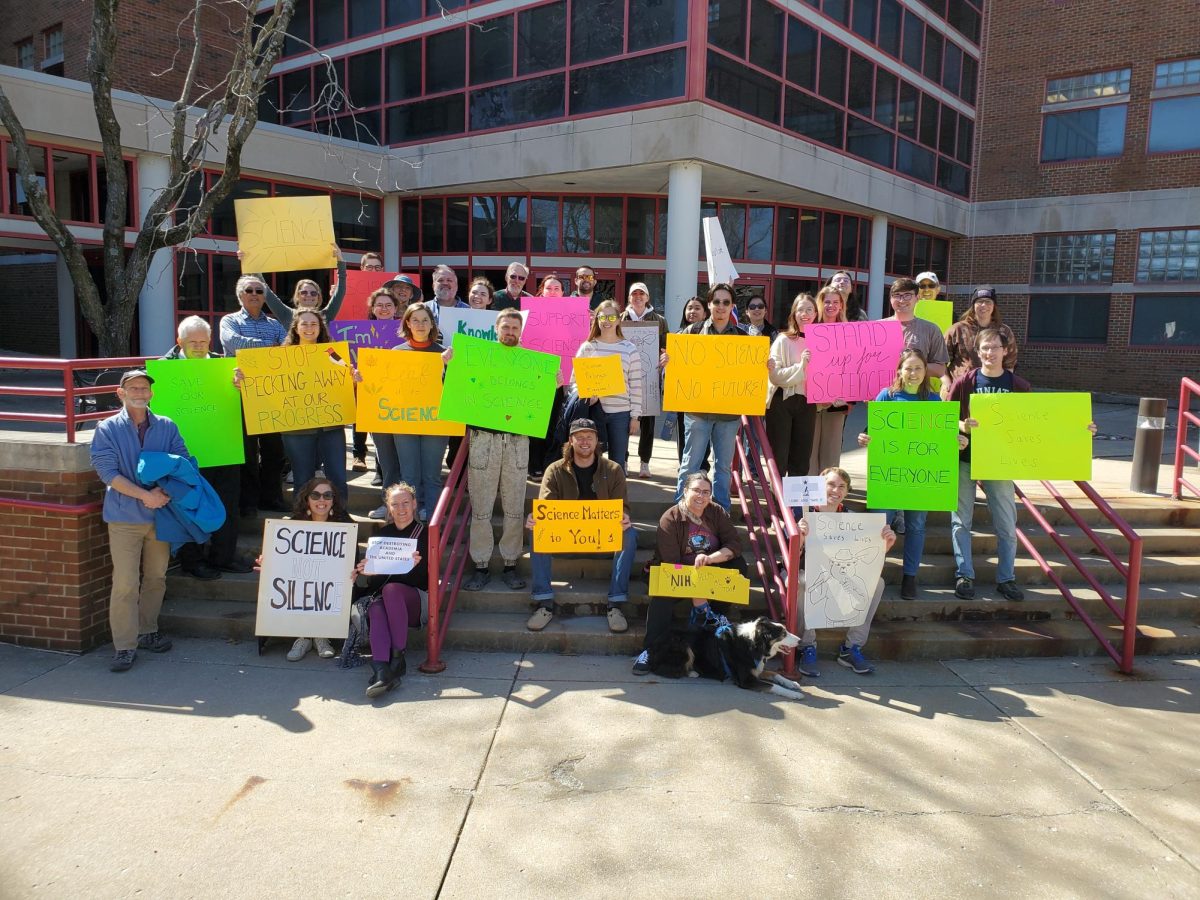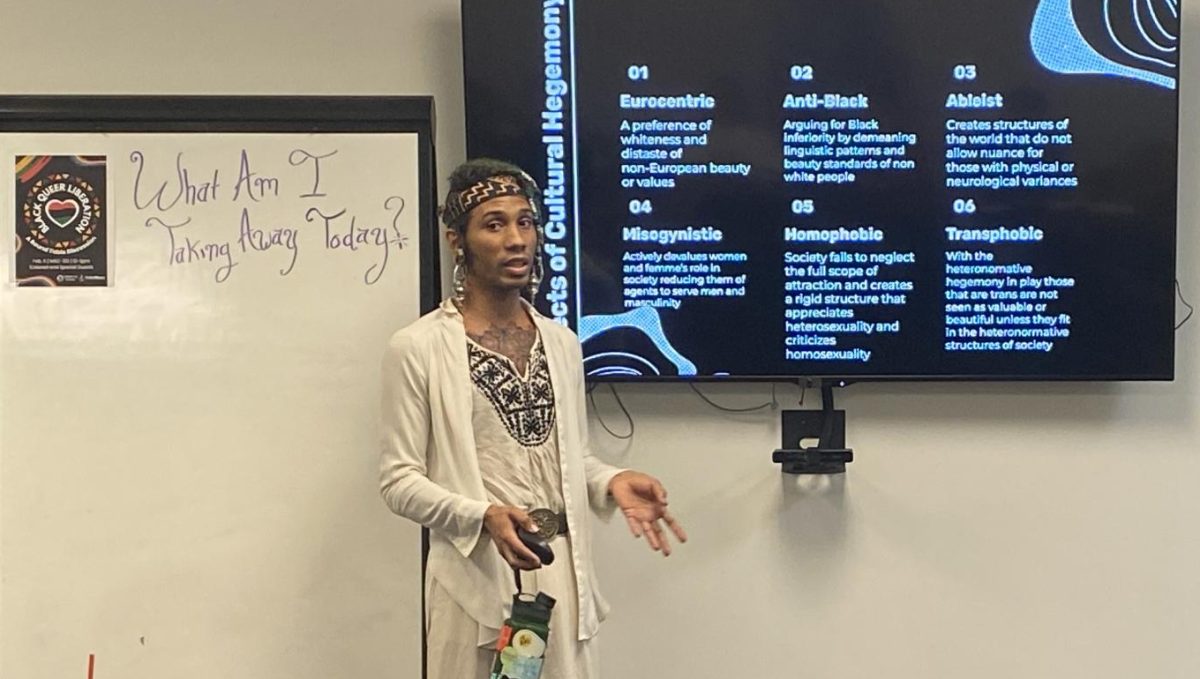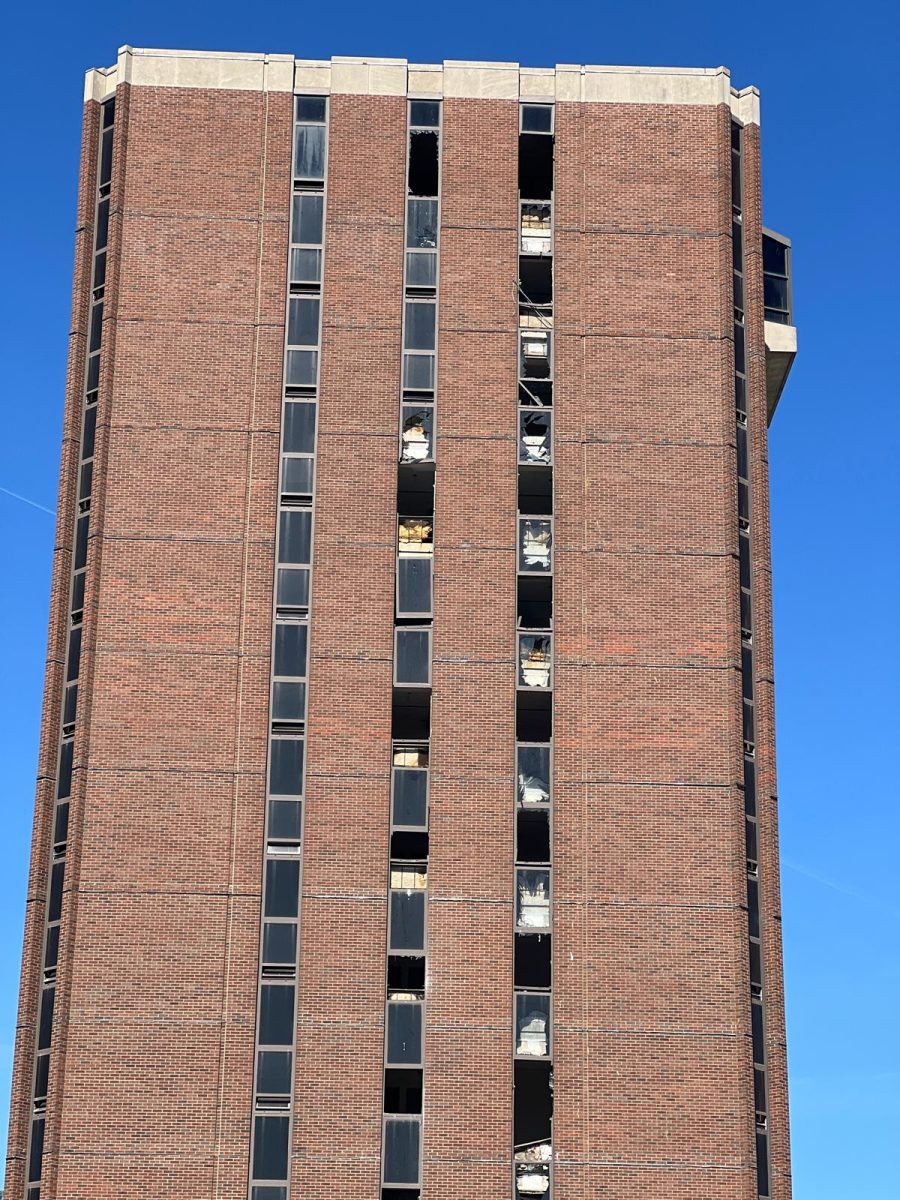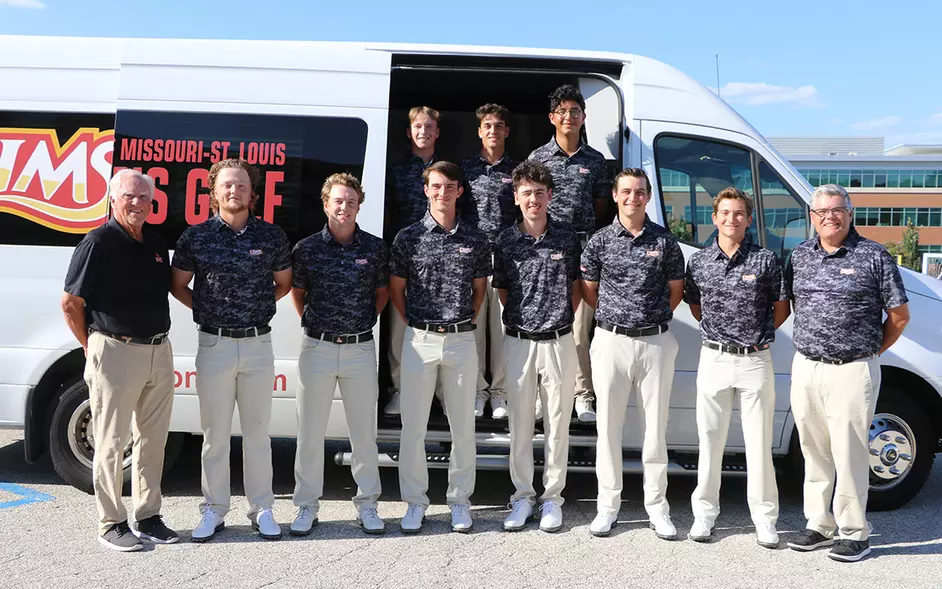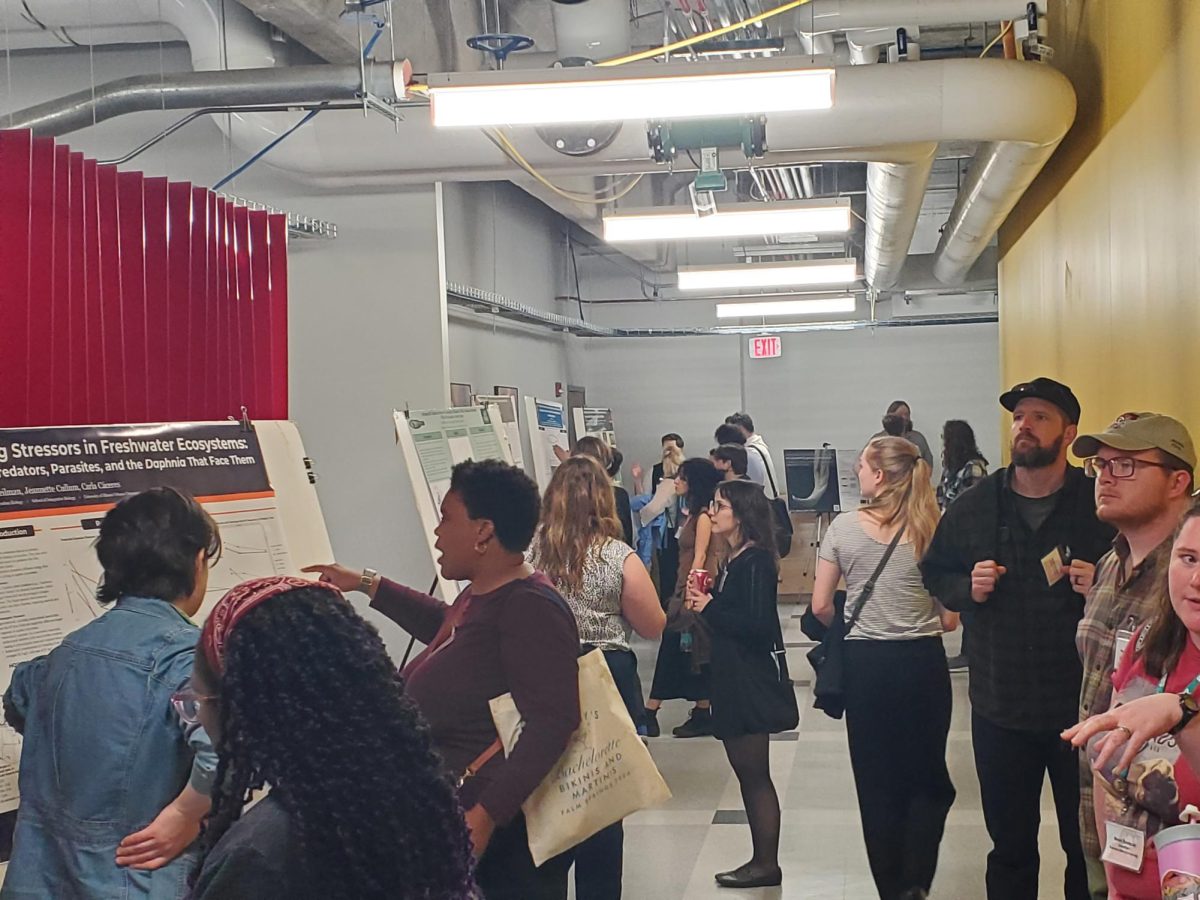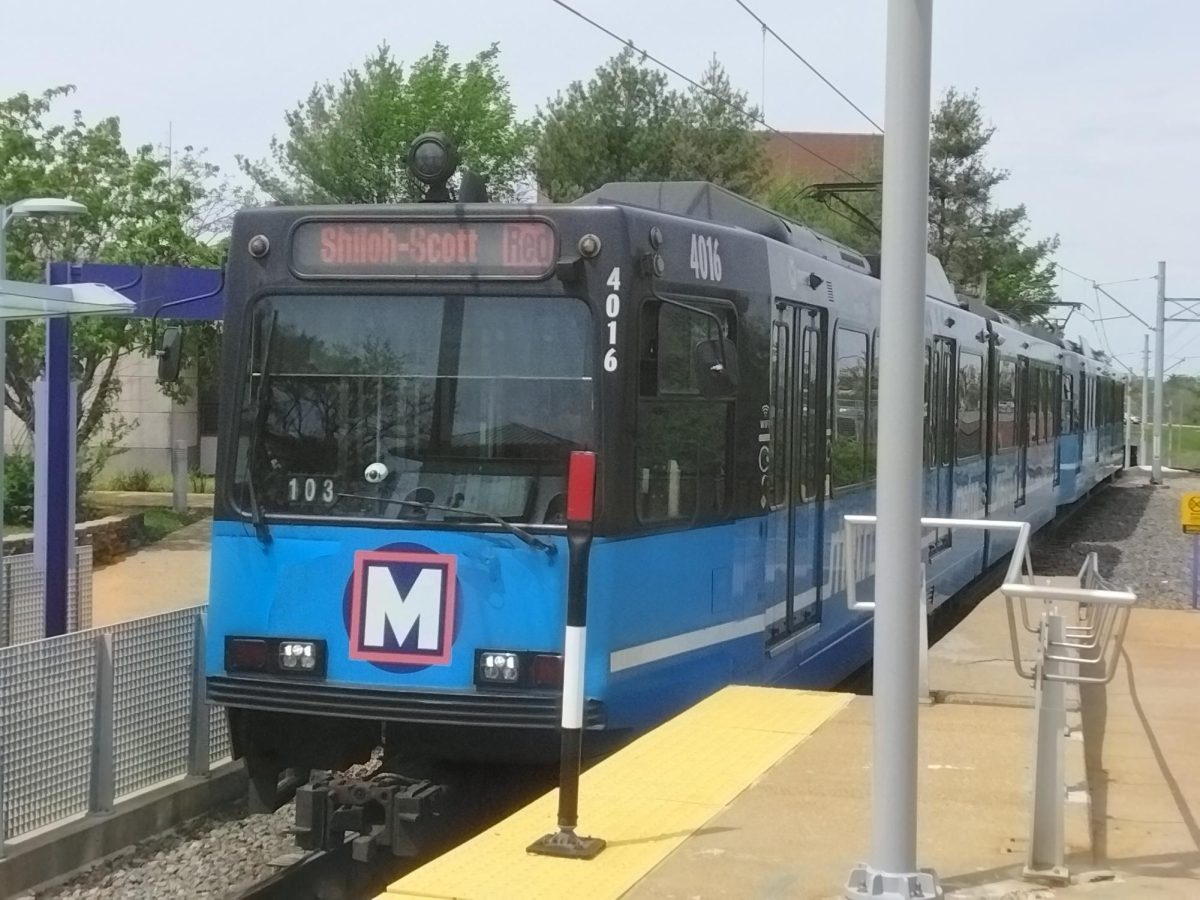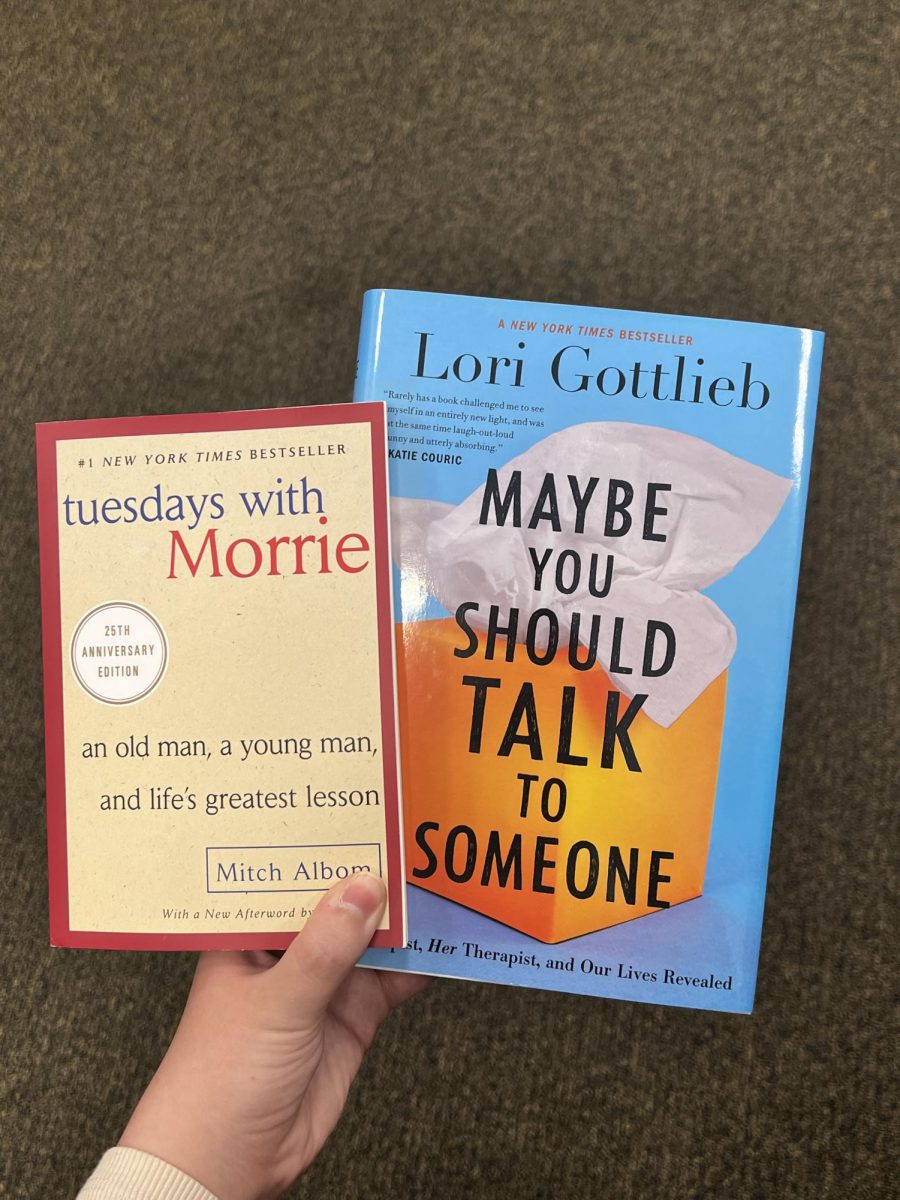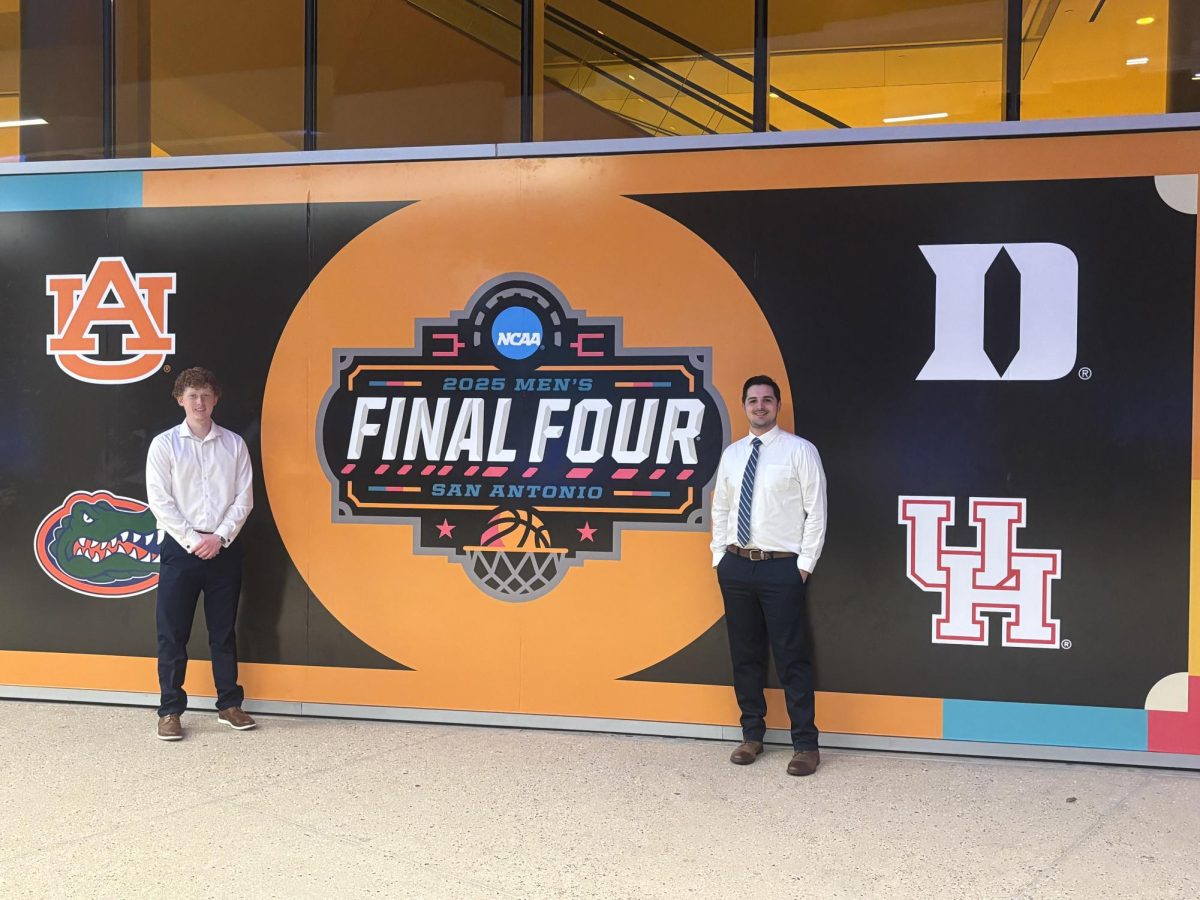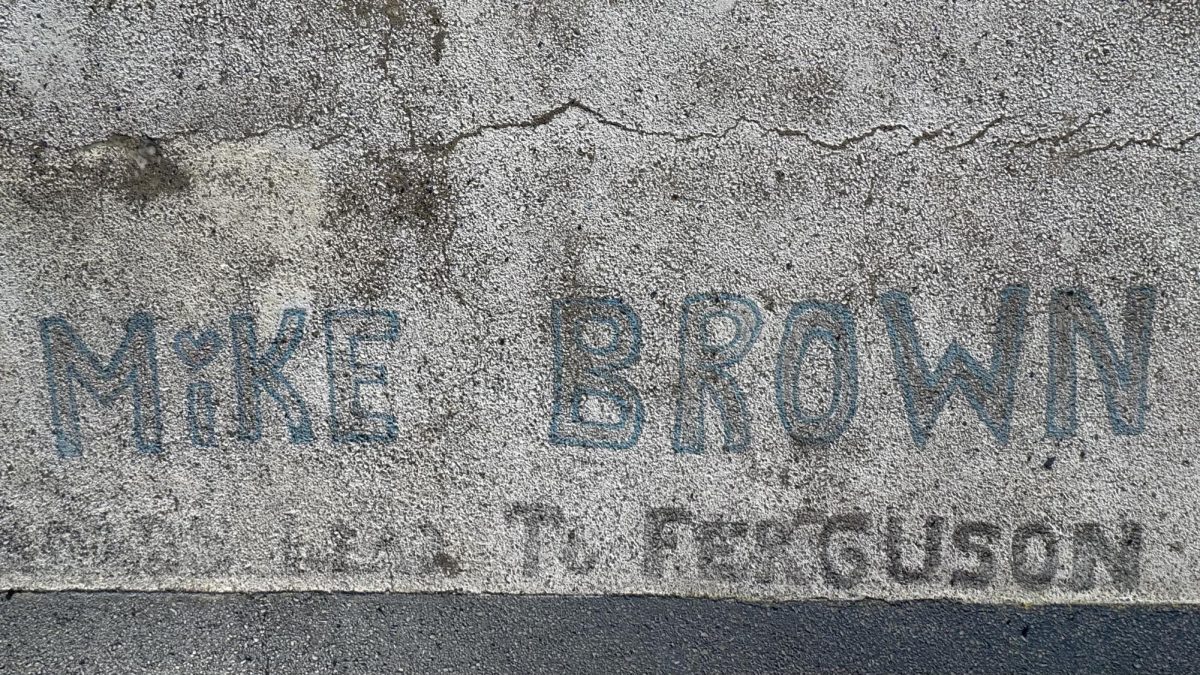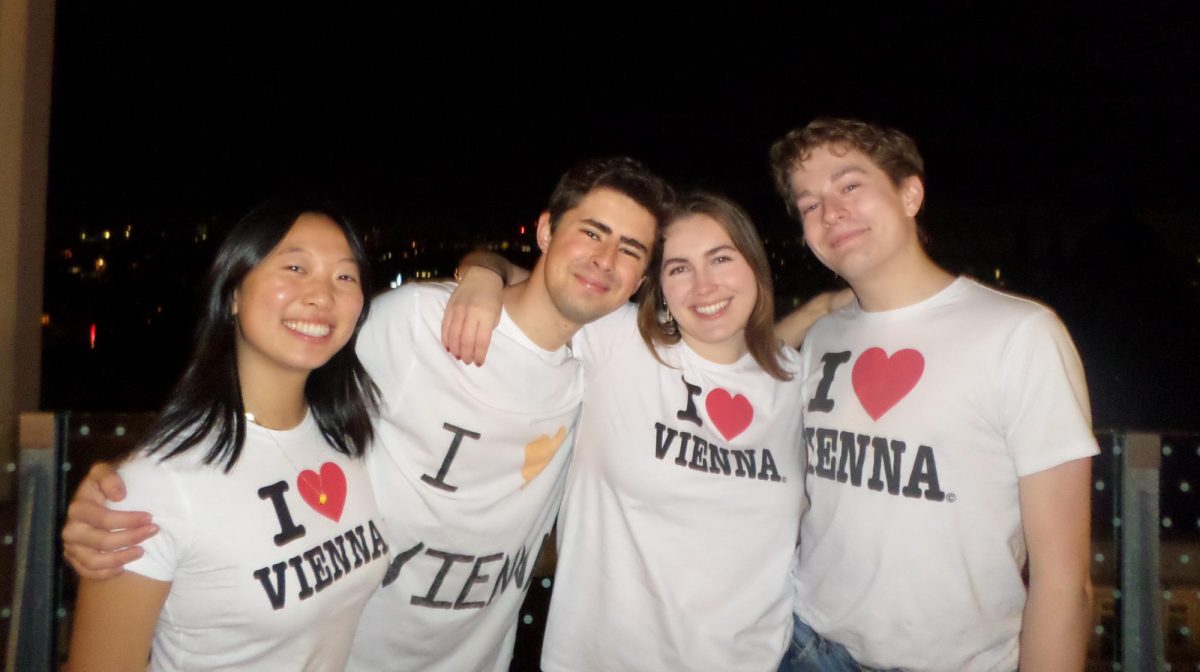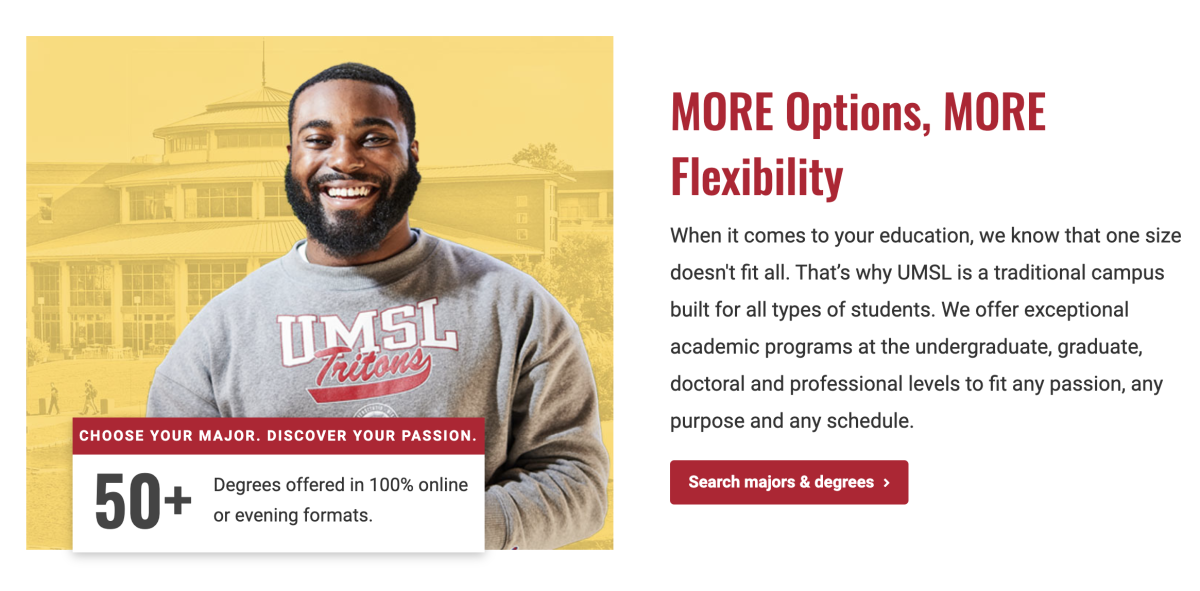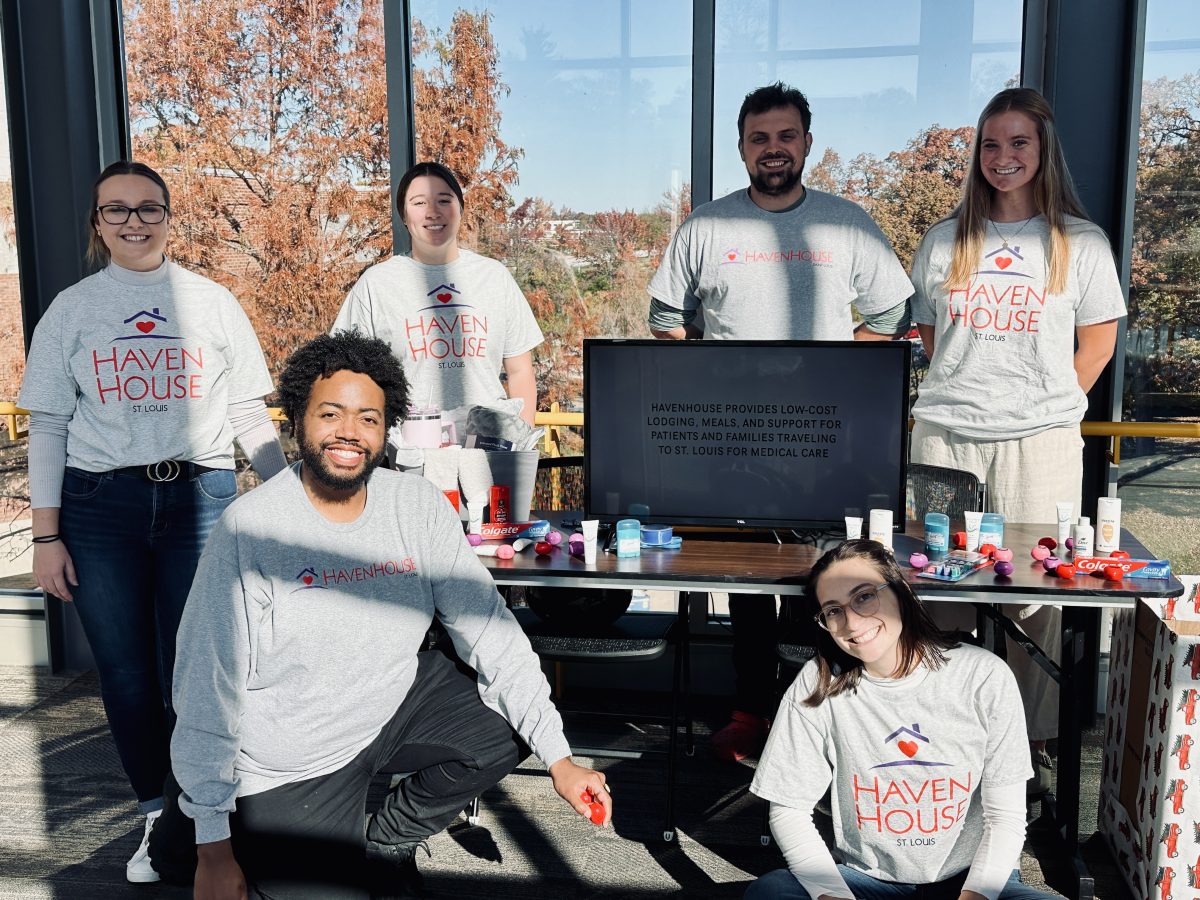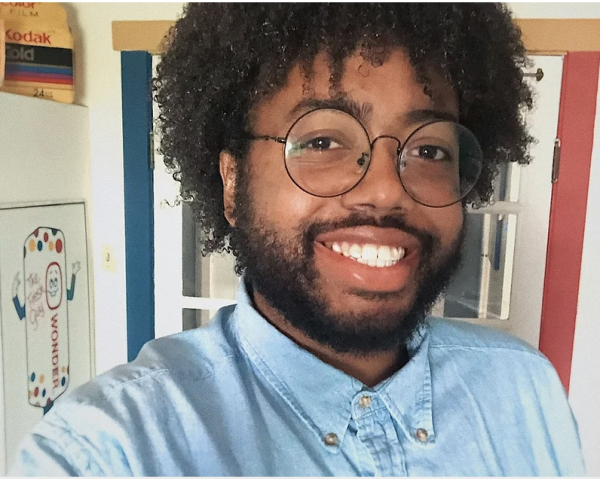It was the worst of times, it was the . . . well, yeah, it was just the worst of times. The 2020 COVID-19 quarantine completely reshaped life for people around the globe. While some people carried on without acknowledging the existence of the potentially lethal global virus, most institutions couldn’t put their heads in the sand without their bottom line being completely vulnerable. That meant most businesses and institutions had to adjust their operations, at least temporarily. One of the major institutional changes that hit students especially hard was the shift to full-time online learning.
The push for online instruction continues to pose a challenge for students and instructors alike, but the benefits of distance learning are undeniable. Online learning can be a great option for those with families, multiple jobs, unreliable transportation and health issues. It allows them to achieve their educational goals while maintaining balance and normalcy. However, for students looking for a more traditional college experience, online courses can disrupt the flow of an otherwise smooth transition from student to professional. For people looking to move into careers that rely on collaboration and communication, online courses don’t necessarily set them up for success.
The National Center for Education Statistics, the U.S. Department of Education’s primary statistical agency, found that of the 18.7 million college students enrolled in Fall 2021, 40% opted for in-person classes and 30.3% went exclusively online. In Fall 2022, fully in-person learners grew to 45.8%, while fully online student numbers dropped to 26.4%. The shifts in these numbers can be attributed to many things, with the standout factor being the challenges of the economy. In August 2021, 48% of people who canceled fall classes cited changes in income as the reason.
One of UMSL’s main draws is that it caters to non-traditional students in affordability and flexibility. The first posting on the UMSL website is about online classes and the second is about affordability. Despite the attractive advantages, UMSL has experienced a decrease in enrollment to the tune of 340 students.
The University of Missouri System’s 2024 Budget Book calls out the continually declining enrollment at UMSL as a main motivator behind the budget’s structure. It states that enhancing recruitment, revising financial aid and investing in eLearning are key to recapturing lost enrollment and regaining overall revenue.
The focus on online schooling is clear and beneficial for the institution. Still, between the emphasis on distance learning and the ever-disruptive Transform UMSL project, the campus may start to look even more deserted than before. So yes, the numbers for the school may start to look better after focusing on online courses, but what about the students?
When Addi Nunnley transferred from the University of Missouri-Kansas City (UMKC) to UMSL, her student experience improved because living on campus was optional.
Nunnley says about the shift, “When I was at UMKC, I was on campus 24/7, and I had a hard time disconnecting myself from campus and school. I always felt guilty because I was thinking about schoolwork or thinking I should be in the library. Here, if I’m not on campus, that’s my time.”
Despite the flexibility and work-life balance, Nunnley’s experience on the UMSL campus is one of isolation. Of the four classes she’s enrolled in, two are online. Though she wanted to take them in person, they were only offered online, which poses challenges for the subject matter covered in the courses.
“With sociology being my major, it’s . . . sociology is really about the conversation and discussion with other students, especially when you’re talking about complex theories or social constructs that are hard to conceptualize . . . to dive into those topics via discussion boards is just not the same,” she explained.
Aside from the lack of collaboration in the classroom, Nunnley’s commute seems discouraged by the course offerings leaning heavily toward online rather than face-to-face. Aside from research courses, which require in-person sessions, not having a full in-person schedule can feel like a waste of time and money.
Nunnley says of her commute, “Yes, UMSL is primarily a commuter campus, and we have a lot of students who live off-campus but with students, you know, still – if you want a fully online experience, there are programs like that at other universities to let students learn online. For students who live here, like for me, my commute is 30 minutes, and I would rather make the 30-minute commute and be here for four or five hours, taking classes in person rather than be on campus for an hour and fifteen minutes, then go home – to make it worth my gas money.”
She adds, “I didn’t realize that UMSL had student printing, just little things like that, and it’s because I’m not on campus enough to know. And yes, I could come to campus on days I don’t have class, but if I’m sitting at a table by myself, how am I supposed to know what these resources are?”
Though Nunnley has a handful of headaches induced by the complicated scheduling and lack of interaction with other students, she has had positive experiences with online courses. When talking about what makes an online course a good one, Nunnley points to variety of materials as a green flag for invested instructors teaching engaging classes online.
Nunnley says, “Even though I prefer learning in person, I’ve had fabulous professors who teach online. Some professors know how to structure online classes – provide discussion boards, VoiceThreads, upload pre-recorded lectures – whatever it is that helps the student engage in the material. Then, I’ve had professors that upload four articles and have us write a discussion board on what we think about them.”
She mentions utilizing techniques learned from her time spent as an active learning assistant to help with deeper engagement with online students. Providing TedTalks to explain an issue instead of an article or having Zoom conversations with classmates to dive into a topic are a couple of ways the online experience can be modified to at least give the student the option to fully engage.
While these fixes are practical and possible, they don’t replace the experience that in-person schooling ought to offer students, which is the main issue recent articles from The Current have zeroed in on.
Nunnley says the faculty and staff have done the heavy lifting to help guide her to academic success throughout her time at UMSL, which has made her experience more fruitful. She specifically shouts out Professor Jim Craig, the Department Chair of Sociology, who has helped her with enrollment, internships and planning for the future. But socially, she notices a gap in her experience. “I feel pretty disconnected, to be honest . . . I hear people that live on campus or have been at UMSL for the whole four years or are really involved in student organizations and it sounds like their UMSL experience is just so much more immersive,” she said.
Now, approaching the end of her UMSL experience, Nunnley’s last couple of semesters have promising classes, but unfortunately, they’re only offered online, meaning her final goodbye to UMSL will be through a computer screen.
With college enrollment decreasing and students openly sharing their frustrations with the current virtual schooling model, one can only hope that a shift to more in-person classes is on the horizon. Of course, the convenience and flexibility of online or hybrid classes open higher education up to a whole new group of people. However, for students like Nunnley, who graduated high school during the quarantine, achieving major academic goals through an online portal feels far too similar to the worst of times.

